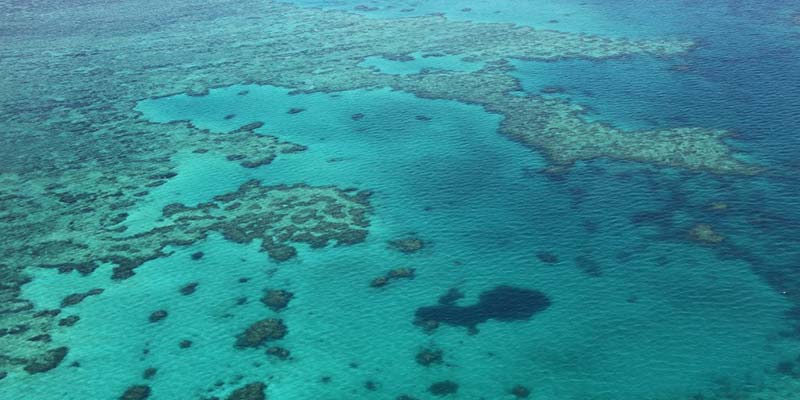- World
- Dec 26
Scientists freeze Great Barrier Reef coral in a new trial
• Scientists working on Australia’s Great Barrier Reef have successfully conducted a trial of a new method for freezing and storing coral larvae.
• Scientists are scrambling to protect coral reefs as rising ocean temperatures destabilise delicate ecosystems.
• The Great Barrier Reef has suffered four bleaching events in the last seven years, including the first-ever bleach during a La Nina phenomenon, which typically brings cooler temperatures.
• Cryogenically frozen coral can be stored and later reintroduced to the wild but the current process requires sophisticated equipment including lasers. Scientists say a new lightweight “cryomesh” can be manufactured cheaply and better preserves coral.
• In a lab trial, the world’s first with Great Barrier Reef coral, scientists used the cryomesh to freeze coral larvae at the Australian Institute of Marine Sciences (AIMS). The coral had been collected from the reef for the trial, which coincided with the brief annual spawning window.
• The cryomesh was previously trialled on smaller and larger varieties of the Hawaiian corals. Trials are continuing with larger varieties of Great Barrier Reef coral.
• The trials involved scientists from the AIMS, the Smithsonian National Zoo and the Conservation Biology Institute, the Great Barrier Reef Foundation and the Taronga Conservation Society Australia as part of the Reef restoration and adaptation programme.
• The mesh technology, which will help store coral larvae at -196°C (-320.8°F), was devised by a team from the University of Minnesota’s College of Science and Engineering.
The Great Barrier Reef
• The Great Barrier Reef is a network of almost 3,000 coral reefs and a diverse array of non-reef habitats stretching 2,300 km along the east coast of Queensland.
• The Great Barrier Reef World Heritage Area covers an area of 348,000 square kilometres and has connections to the Torres Strait north of Cape York, the Coral Sea and the Great Sandy Strait, adjacent to Fraser Island in the south.
• It is one of the best known and most complex natural systems on Earth, developed over millions of years, and contains a unique range of ecological communities, habitats and species.
• The Reef is an international icon and valued as Australia’s most acclaimed natural asset for its unique biodiversity, cultural significance and immense ecological scale.
• The Reef is critical to the tourism industry and the millions of coastal residents. This immense ecosystem supports an estimated 64,000 jobs and generates an annual income of $6.4 billion to the Australian economy. Most of this is from tourism, with the Reef attracting more than two million visitors each year from across the globe.
• It was placed on the World Heritage List in 1981.
• The Reef meets all four of the UNESCO natural criteria for World Heritage listing. It is recognised for its natural beauty and natural phenomena, ecological and biological processes, habitats for conservation of biodiversity and for containing major stages of the Earth’s evolutionary history.
Coral reef deterioration
• The Great Barrier Reef Outlook Report 2019 found the condition of many of the Reef’s natural values (including species, habitats and ecosystem processes) had deteriorated since 2014.
• It found the size of the Reef is becoming a less effective buffer to broadscale and cumulative threats and concluded that the future long-term outlook for the Reef’s ecosystem had deteriorated from poor to very poor.
Main threats to the Reef:
• Increasing temperatures are threatening most species and habitats in the Reef ecosystem.
• Reef-dependent industries are affected when poor water quality degrades ecosystems.
• The greatest water quality risks to the Reef and its coastal ecosystems are land-derived inputs from nutrients, fine sediments and pesticides.
• Overfishing of particular species and illegal fishing can impact food chains and ecosystem processes.
• Marine debris can be eaten by wildlife or entangle them, impacting their health and potentially causing death.
• Artificial light pollution from coastal infrastructure and ships can interrupt the navigation ability of marine species and disturb turtle hatchlings.
Manorama Yearbook app is now available on Google Play Store and iOS App Store



